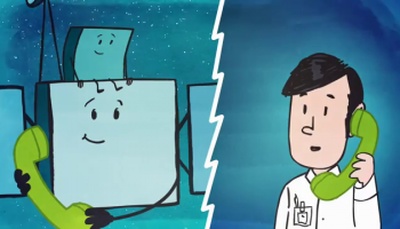Rosetta and Philae in contact again
The signal was transmitted from Rosetta to ESA’s space operations centre in Darmstadt and received at 15:37 CEST on 19 June, and confirmed by the Lander Control Centre at the German Space Centre, DLR. A second signal was received at 15:54 CEST.
The downlink was stable; the two contacts received by Rosetta lasted two minutes each. Both delivered numerous packets of lander housekeeping and status data, 185 in total, which are still being analysed at the time of this writing. No science data were anticipated or received.
“We are very happy to have received signals from the lander again, and we are all working hard towards establishing a robust link between Rosetta and Philae,” comments Patrick Martin, ESA Rosetta mission manager.
This was the first signal received from Philae since 14 June. This was not unexpected, however, due to the pre-planned science operations of the orbiter, and its location around 180 km above the comet’s surface today.
In the meantime, new commands have been uploaded to Rosetta to further adjust its trajectory and distance from the comet to improve the radio visibility between the two spacecraft, with the first sets of thruster burns having taken place this past Wednesday and the next set planned for Saturday morning. The goal is to bring Rosetta to about 177 km from the comet nucleus and keep it in a range of latitudes that maximise opportunities for lander communication.
The Rosetta and Philae teams will be closely monitoring subsequent transmissions between the spacecraft, not only to better determine the health of the lander, but also to understand the length and frequency of available communication timeslots. This information is needed to determine when to upload new commands in order to restart science operations and, similarly, when the data can be downloaded.
